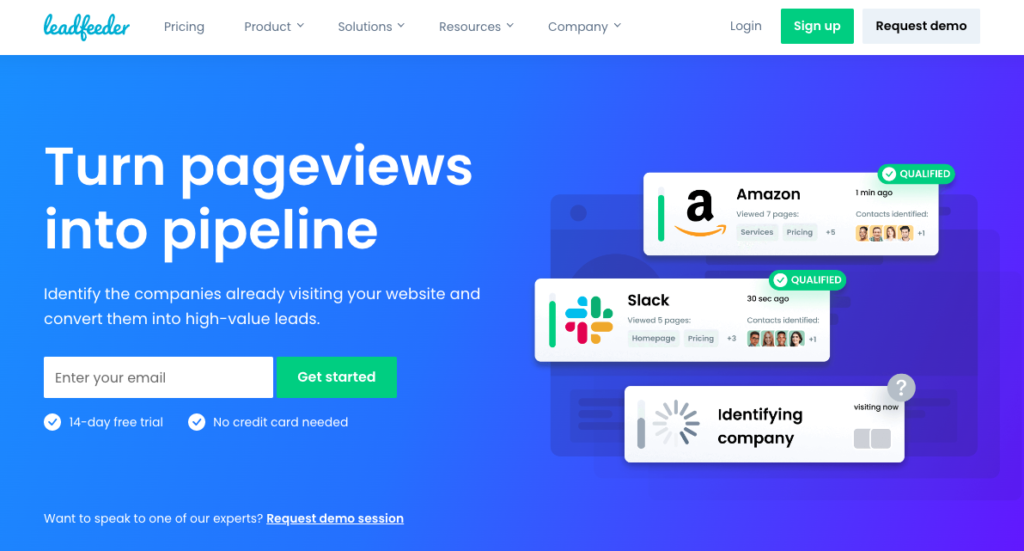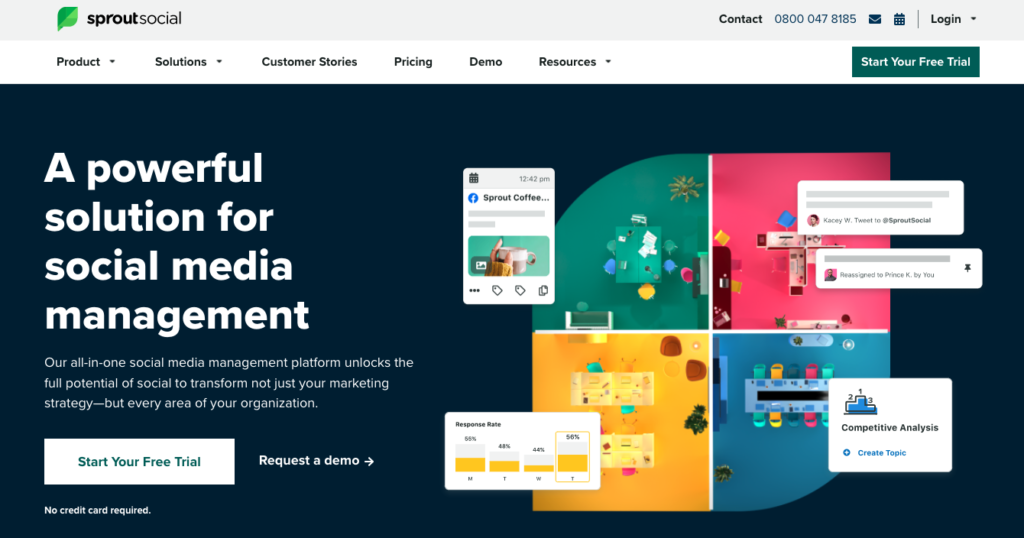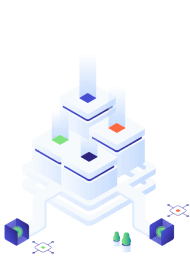Web application software simplifies how we use applications on our computers. It is very simple to get started with, easy to scale and maintain, and accessible from any device.
Web application software has revolutionised how companies distribute their software products and how their users access them. Nowadays, agencies can get an edge over their competitors by offering a web-based application as a service.
To understand how your agency can benefit from web application software, it’s best to first become familiar with what it is and how it works, as well as learn about its benefits and see some examples. Let’s get started!
What is Web Application Software?
Essentially, web application software is software that users can access using a web browser. Web apps fundamentally reinvent how users access and maximise the use of apps online.
Web apps don’t need to be downloaded. They can be accessed through different web browsers and on any device with an internet connection.
Some of the most widely known and used web application examples include:
- Google Workspace offers business solutions in the form of apps such as Google Docs, Sheets, Meet, Looker Studio, etc. that enable better collaboration among teams and streamline various work processes.
- Microsoft Office 365 comprises apps such as Word, Excel, Skype, PowerPoint, Publisher, and Outlook, all of which are staple tools in both educational and business settings.
- Online forms are convenient and digital alternatives to paper-based documents. DocuSign, for instance, allows users to view, sign, and validate documents online.
- WordPress is a content management system that enables businesses to build websites and host them at the same time.
- Slack is a messaging app designed for businesses, organisations, and teams to help facilitate better communication and task delegation.

How Does Web Application Software Work?
Web application software operates with the help of three key components: a web server, an application server, and a database server.
The web server manages requests coming from the client side. Using the web app’s user interface, the user sends or creates a request to the web server. In turn, the web server will transfer the request to the application server.
The application server is responsible for executing the task requested by the user. In doing so, the app server has to generate data based on the request. Once done, the application server produces the results, sends the results back to the web server, and the web server displays the requested data on the user’s device.
The database server stores any necessary data for the web app. At times, it may also generate stored procedures for business logic to help supervise how the app will function and take on the tasks it is designed to carry out.
Stored procedures aid in providing significant performance advantages, which is crucial in web application software with a multi-tiered configuration.
Web Apps vs. Native Apps vs. Websites: Key Differences
Web application software can often be confused with websites or with native software. However, there are key elements that differentiate web apps from both websites and native applications.
Web application software differs from native applications in that it does not require a download. Web apps are stored and function in the cloud, and users can access them through a web browser without having to download or store anything on their device. Meanwhile, to use a native application, you have to download the installation files, install the application on your device, and then start using it.
Native applications and their stored data can therefore only be accessed using the device they are installed on. Meanwhile, you can log in to the web application software you’ve been using on your device from any other computer and access all your stored data in the app.
On the other hand, web application software is also different from a website. Websites are collections of web pages that are open for everyone to visit. They allow visitors to read information that’s published on them, like blog articles. Web applications provide functionality beyond that of websites and allow users to manipulate data. They are more complex and offer more features than websites.

8 Common Types of Web Application Software
You are likely using web application software on a daily basis without even thinking about it. Here are eight common types of web application software:
- Social media management applications enable businesses to connect and engage on social media via multiple contact channels.
- Ecommerce applications make it possible for individuals to sell and purchase goods and services digitally. Shopify is one popular example.
- Dynamic web applications deliver live data based on end-user requests, thereby creating a consistently interactive user experience.
- Static web applications are built using libraries and frameworks. These are simple apps that don’t require any server side rendering. Some examples include informational or read-only apps, portfolios, or other landing pages.
- Single-page applications load data on a single document. Examples include PayPal and Pinterest.
- Multi-page applications include blog sites, forums, and online shops. They are composed of a massive amount of data which, when updated or changed, leads to the creation of a new page.
- Progressive web applications carry out a native app-like user experience through collaboration with web-platform features and service workers.
- Content management systems are designed to store and manage website content in a database while allowing users to edit, create, and publish content.
Top 5 Benefits of Web Application Software
Web application software can prove to be more useful and convenient than native applications. There are numerous benefits to web application software, such as:
#1. Multi-platform compatibility
One of the most impressive features that underscore the web application software’s definition is its compatibility with multiple platforms. Web apps support and easily integrate into most operating systems compared to localised software, making them highly flexible and adaptable.
#2. Scalability
Web application software is easily scalable, as it does not require upgrades on the user side. To get more out of a native application, you will likely need to make a physical upgrade to your device in order to perform more intense actions.
Meanwhile, if you need higher performance and more computing resources for using a web app, it will be taken care of on the host side. This allows you to scale your app’s performance with just a click. Typically, you will need to pay more for using additional resources, but the cost doesn’t compare to upgrading your local device.
#3. Accessibility
End-users don’t need to install web application software to use or access it. Web apps are available across different platforms, browsers, and mobile devices. As such, it is not surprising how web app software such as Slack, Microsoft Office 365, and Google Workspace are deemed must-have tools in most businesses.
#4. Customizability
Web apps can be customised depending on the business’s needs or the user’s preferences. Changing and upgrading the interface of web application software is fairly easy.
Web apps can accommodate big and small changes along with specific tools and features to effectively carry out more elaborate tasks and unique requests. A good example of this is how enterprise software often offers custom plans where they can build unique platforms for different users.
#5. Cost-effectiveness
Web application development is less costly compared to creating native apps from scratch. Some might argue that off-the-shelf software may be just as accessible to commonplace business needs as web apps are.
However, web application development is more ideal if you want an app that fits more specific business requirements. At the same time, off-the-shelf software is not as flexible in addressing the inevitable changes that the business may need in the future as it continues to expand and cater to more customers.

Disadvantages of Web Application Software
Web application software doesn’t come without some disadvantages as well. It’s important to weigh the pros and cons of web application software for your business before deciding whether it’s right for you.
Let’s check out a few of its downfalls:
#1. Reduced security
Web apps are at a higher risk of compromised security. This is a common disadvantage when an app or software is run on a web server. The more easily people can access the app, especially through the internet, the easier it is to breach its security protocols.
SSL enforcement is a must to keep users protected from any attempt to breach their security. Otherwise, all data or information retrieved and stored in the app’s database could be accessed in malicious attacks in order to jeopardise the safety of unsuspecting users.
#2. Internet-dependent
Web application software is only accessible through an internet connection, so if you need to do any work offline, you will hit a roadblock.
Nowadays, some web apps do offer limited offline capabilities; however, to get the most out of them, you’ll need a stable internet connection. Without a stable internet connection, the app may not be as efficient in receiving, processing, and executing user requests.
You should have a backup plan in place to prepare for any connectivity interruptions that may affect your use of the web app. For instance, make sure you have a backup of all files that you normally access using the web app.
#3. Slower performance
The performance of web application software is directly tied to the speed of your network connectivity. If you are connected to a slow internet connection, you might experience lag while using the web app.
This wouldn’t typically happen with native software applications. However, ensuring a stable connection isn’t that difficult anymore unless you are on the road, so this downfall isn’t going to affect most people.
5 Web Application Software Examples
Now that you know all about web application software, let’s check out some examples of it that you might already be using. Here are some of today’s most widely used web application software.
#1. Gmail

Mail has been around for decades, and it isn’t anything revolutionary in today’s world. Still, it is one of the most popular web application software.
Gmail is a free web-based email service by Google that offers a centralised email storage, an anti-spam function, message classification and filtering, chat and phone call features, as well as up to 15 GB of storage space.
#2. Facebook (Meta)

Although it technically resembles a website, Facebook, now called Meta, is an example of a dynamic web application. Meta’s interactive elements and functionality let users post and share text-based, visual, and multimedia content and connect with people across the globe.
Thanks to this tech giant’s massive user count, it is considered a melting pot of diverse target audiences that marketers can use to expand advertising campaigns and ad reach.
#3. Leadfeeder

Leadfeeder is a must-have tool if you want to track website leads more closely. As a marketing agency, monitoring traffic and potential leads is imperative. Leadfeeder offers solutions tailored to lead generation, account-based marketing, website visitor tracking, and sales prospecting.
#4. Trello

Another handy and functional app worth checking out is Trello. Trello magnifies the use of lists and cards to assist in task management and enables a systematic workflow for your team. If you are working on multiple campaigns, this app allows you to segment each client or campaign and assign projects accordingly.
#5. Sprout Social

Sprout Social assists marketers in establishing and strengthening relationships with target customers across social media platforms. The solutions laid out by Sprout Social are tailored for agencies and brands to regulate conversations on social media and consequently generate practicable insights that cover data analysis, social listening, social marketing, employee advocacy, and customer service.
How to Simplify Your Operations With Custom Web Application Software
Building custom web application software is a must if you want to surpass your competitors in today’s tech-driven market.
At Acuto, we understand the powerful influence of bespoke software in helping you reach your target audience, boost customer retention, and ultimately generate a higher ROI.
We combine our in-depth background in app development, cloud engineering, data engineering, and PPC to produce tailor-fit solutions for all types of business needs and client demands.
From the US to the UK, we have assisted multiple agencies and devised unique solutions that merit scalable results. Check out our range of innovative solutions:
- Bespoke Software Development
- Automation Scripts
- Data Warehousing
- E-Commerce Feeds
- Marketing Chatbots
Book a call now to learn more about our services!
Need a Custom Web App Developed?
Get in touch today to hear how our bespoke software development services can help your agency!

Key Takeaways
Web application software is a viable tool that allows agencies and businesses to expand the breadth of their services. It helps bring them closer to their target users by enabling a customised framework to address customer needs and meet their expectations.
- Web application software comprises a web server, an application server, and a database server to successfully receive and carry out user requests.
- Web apps are more cost-effective and flexible than native apps and websites. Native apps and websites tend to be more costly and time-consuming to develop.
- Scalability, customisable structure, multi-platform compatibility, and accessibility are some of the biggest advantages of web app software.
- Performance-wise, the dependence of web app software on internet connectivity significantly affects the rate at which user requests are received and carried out. Web apps are also more predisposed to data breach attempts.
Unlock Your Business's Potential with Our
Bespoke Software Solutions
Want to see what we can do for your business? Check out our bespoke software development case studies below to see the success stories of our clients in different industries. Learn about how we’ve helped them achieve their goals and see if we can do the same for you.

